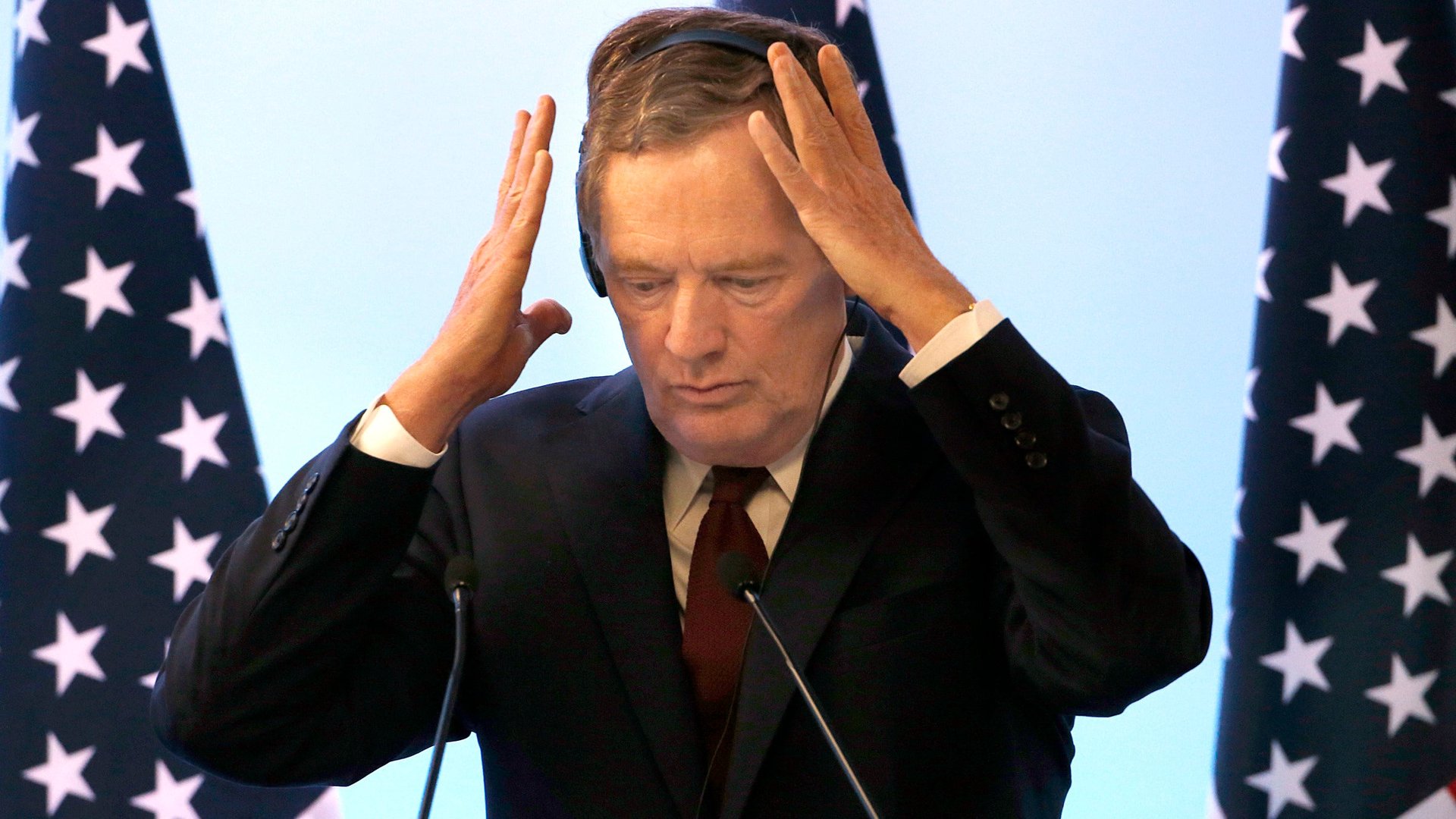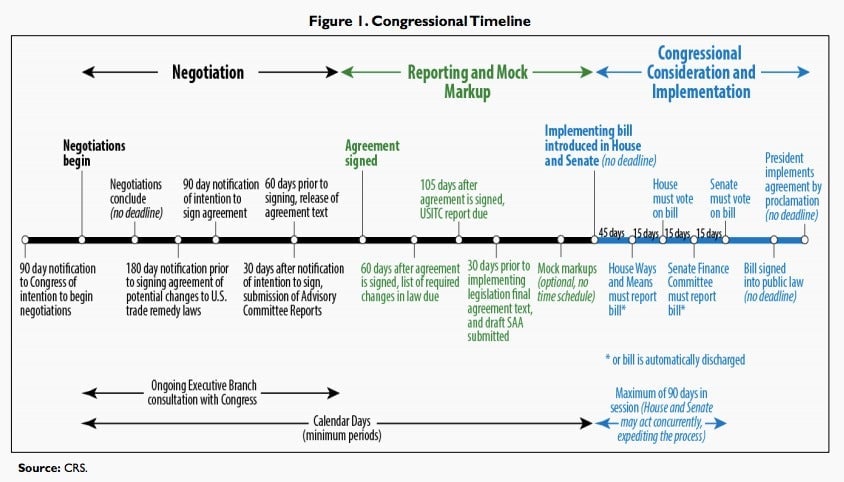Trump just blew by the 2018 deadline to fix NAFTA
Negotiators from the US, Canada and Mexico can’t seem to agree on how trade talks are going. Canadian prime minister Justin Trudeau has said a deal was “very close,” while US trade representative Robert Lighthizer described the deal as “nowhere near close.”


Negotiators from the US, Canada and Mexico can’t seem to agree on how trade talks are going. Canadian prime minister Justin Trudeau has said a deal was “very close,” while US trade representative Robert Lighthizer described the deal as “nowhere near close.”
But none of that really matters, because US lawmakers are unlikely to okay a new set of trade rules for the three nation bloc anytime in 2018. Yesterday was the deadline set by house speaker Paul Ryan for the executive branch to hand over a revised deal for Congress to approve, a process which he expected to take until December.
With no new North American Free Trade Agreement (Nafta) in hand, and campaign season fast approaching, its increasingly unlikely that lawmakers will address a controversial trade agreement. If Democrats take control of the House in the November 2018 elections, they are likely to be a less receptive audience to whatever deal may ultimately come from the talks, though a lame-duck Congress could approve a deal before new lawmakers take office in 2019.
Still, the timeline is extremely tight. Under a law passed during the Obama administration called Trade Promotion Authority (TPA), there are quite a few steps before a new trade law can be enacted:

Right now, we’re in the period after the 90-day notification of intention to begin negotiations, which president Trump issued a year ago. Negotiations are on-going. Trump has not officially given notice to Congress that it will need to change laws or that he will sign an agreement.
The text of the deal must be available for 60 days before it is signed, and then Congress will wait for a report on the deal from the US International Trade Commission before it drafts a law implementing the agreement. Then, Congress faces a series of statutory deadlines to enact it.
TPA is often known as “fast track” because it’s designed to bypass various procedural objections and guarantee a congressional vote on a trade deal negotiated by the president. Once the implementing bill is introduced, lawmakers have just 90 days in session to enact it, considered very speedy. Today, the Senate has just 99 days in session scheduled until the rest of the year. The House only has 67.
Of course, lawmakers can add more workdays to their schedule and push to move this bill forward, and some observers say this insistence on a deadline is an attempt by US negotiators to win concessions from their counterparts. But the clock is ticking: The combination of an election year, controversy around trade, and other pressing issues, from federal spending to executive branch nominations, likely mean that any deal Trump’s team can produce with will be punted into 2019.